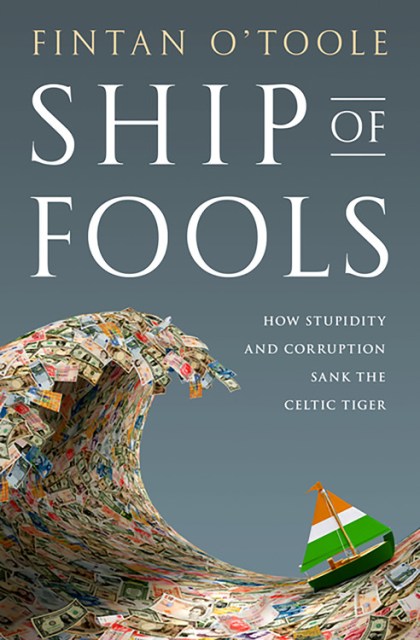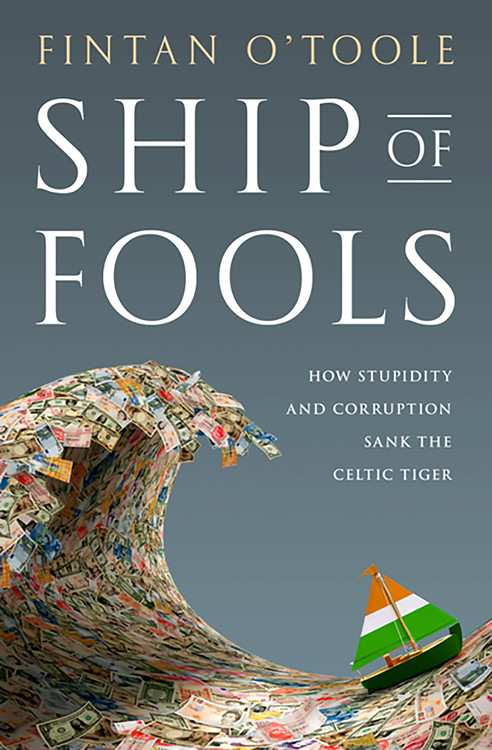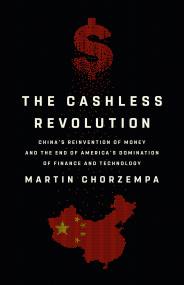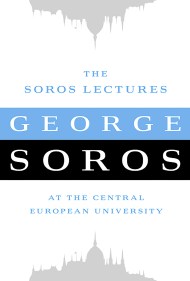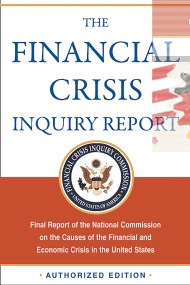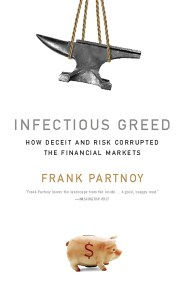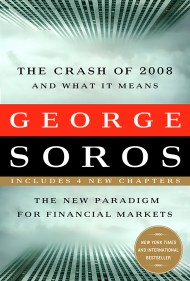Promotion
Use code BEST25 for 25% off storewide. Make sure to order by 11:59am, 12/12 for holiday delivery!
By clicking “Accept,” you agree to the use of cookies and similar technologies on your device as set forth in our Cookie Policy and our Privacy Policy. Please note that certain cookies are essential for this website to function properly and do not require user consent to be deployed.
Ship of Fools
How Stupidity and Corruption Sank the Celtic Tiger
Contributors
Formats and Prices
- On Sale
- Mar 2, 2010
- Page Count
- 240 pages
- Publisher
- PublicAffairs
- ISBN-13
- 9781586488819
Price
$36.00Price
$46.00 CADFormat
Format:
- Hardcover $36.00 $46.00 CAD
- ebook $15.99 $20.99 CAD
This item is a preorder. Your payment method will be charged immediately, and the product is expected to ship on or around March 2, 2010. This date is subject to change due to shipping delays beyond our control.
Buy from Other Retailers:
And under all this rubble lay the corpse of the Celtic Tiger. How Ireland managed to achieve such a spectacular implosion is a stunning story of corruption, carelessness and venality, told with passion and fury by one of Ireland’s most respected journalists and commentators.
-
Brian Groom, Financial Times
"O'Toole ... has produced a coruscating polemic against the cronyism and corruption that in his view helped to fuel the boom.... [H]is highly readable book is a salutary reminder that cronyism, light regulation and loose ethics can be a deadly combination." -
Brian Groom, Financial Times
"O'Toole ... has produced a coruscating polemic against the cronyism and corruption that in his view helped to fuel the boom.... [H]is highly readable book is a salutary reminder that cronyism, light regulation and loose ethics can be a deadly combination."
Cleveland Plain Dealer"An interesting and readable post-mortem.... Ship of Fools is not just for those drawn to Irish politics or economics. Americans, in particular, will relate to Ireland's battle to restore its economy and renew faith in its leaders."
Newsletter Signup
By clicking ‘Sign Up,’ I acknowledge that I have read and agree to Hachette Book Group’s Privacy Policy and Terms of Use
